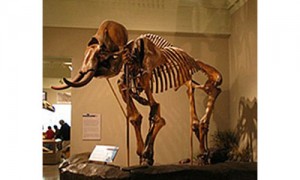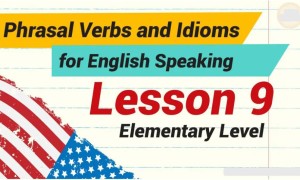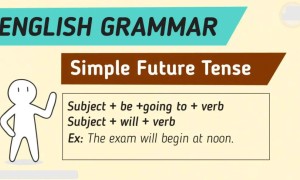1. 名词加动词
● 名词+现在分词 (Ving)
动词与名词是主动关系
a person who loves peace → a peace-loving person 一个爱好和平的人
a job which consumes a lot of time → a time-consuming job 耗时的工作
● 名词+过去分词 (Vp.p)
动词与名词是被动关系
a man whose heart is broken → a heart-broken man 一位心碎的男子
a bag which is made by hand → a hand–made bag 一个手工的包包
2. 副词加动词
● 副词+现在分词 (Ving)
副词与所形容的动词是主动关系

a student who works hard → a hard-working student 一位用功的学生
a woman who thinks forward → a forward-thinking woman 一位有远见的女性
● 副词+过去分词 (Vp.p)
副词与所形容的动词是被动关系
a girl who is loved deeply → a deeply-loved girl 一个被深爱的少女
a dog which is educated well → a well-educated dog 一只有教养的狗
有胆量的、能言善道的、努力不懈的…人的个性有好多,在形容人的时候又怎么只会说 good 或 bad 呢?让我们忘掉这些幼稚园的单字吧,一起学习 30 个让你说好生动的形容词:
3. 形容词加动词
● 形容词+现在分词 (Ving)
形容词与所形容的名词是主动关系,这个结构中的形容词是用来形容名词而不是动词喔!
a man who looks good → a good-looking man 一位长相不错的男人
a friendship which lasts long → a long-lasting friendship 一段持久的友谊
● 形容词+过去分词 (Vp.p)
形容词与所形容的名词是被动关系
a wall which is painted blue → a blue-painted wall 一面被漆成蓝色的墙壁
a baby who is born new → a new-born baby 新生儿
4. 其他型态
● 形容词+名词 ed
在名词字尾加上「ed」,就能让名词 变成形容词,让整句话带有「具有…」的意思,这样就不用一直用 with 来修饰啦!而这个结构常用来形容人的个性!中文解释为「具有…特征的人」,是个相当实用的用法。
a man with a hard heart → a hard-hearted man 一个铁石心肠的男人
the parents with the open mind → the open-minded parents 心胸开放的父母
a woman with a bad temper → a bad-tempered woman 一个脾气很差的女人
● 数量词+单数名词
单数名词是与时间、价值、长度有关的数值
a book which is one hundred dollars → a hundred-dollar book 一本一百元的书
a girl who is five years old → a five-year-old girl 一个五岁的女孩
a vacation which is two weeks long → a two-week vacation 两周的假期
当然,复合形容词让句子更简单,同时又让语气更精确,但日常生活中的某些字词却很抽象,让人摸不着边际的,举例来说,「感伤」或「懒散」的英文怎么说呢?一起把 5 个进阶形容词学起来吧:







